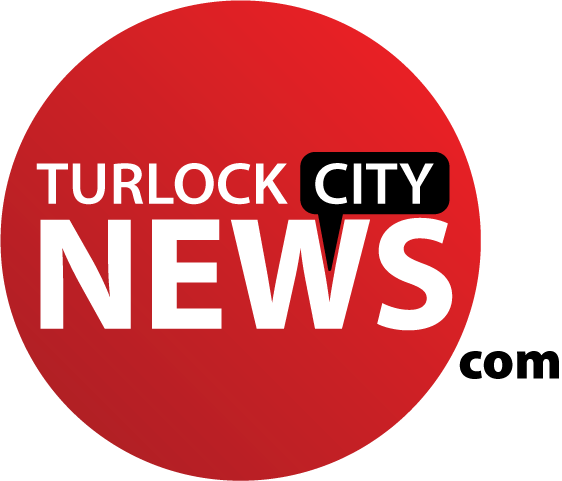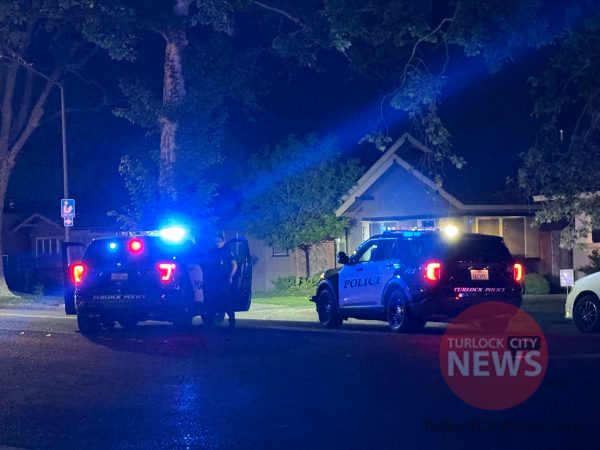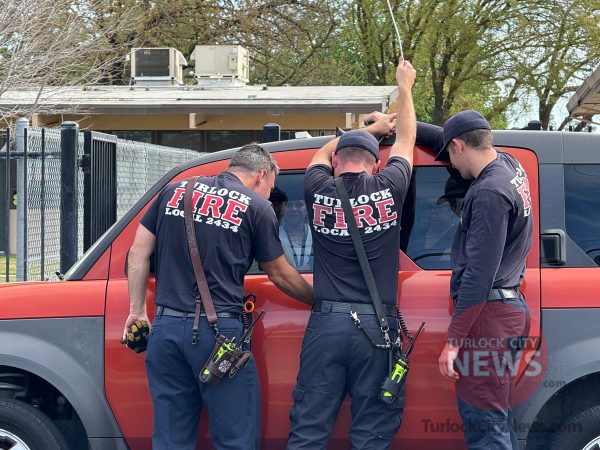A new survey on bike riding at California State University, Stanislaus sheds light on the lack of local cyclists – not just on campus, but across Turlock.
“The project is geared more towards the campus, but it would affect the community also,” said Anthony Fagundes, a member of the student group that conducted the survey as part of a planning class.
The survey, conducted on-campus sampling from 600 random students, found that 36 percent of CSU Stanislaus students live within 2 miles of campus. That ratio suggest that CSU Stanislaus could be primed to become a cycling-centric campus, like University of California, Davis and CSU Chico.
But of all those who filled out the survey, only 15 percent biked to campus.
The respondents had many reasons. Some wanted a discount on school parking passes, or on-campus bike repair stations in case of flats.
One major complaint – voiced by 70 percent of respondents – was a lack of bike parking. Though CSU Stanislaus has nearly 10,000 students, it has only about 600 bike locking spots.
Surveyors asked those who did ride to school to draw out their routes on a map. Those routes often looked like spaghetti, circling around through residential streets to avoid potentially-hazardous thoroughfares like Golden State Boulevard and Geer Road.
“It was interesting to watch people draw their routes out,” Fagundes said.
It was a lack of bike lanes that drove riders away from the major roads. With no protected lane – and oftentimes bumpy pavement – riders felt unsafe.
The CSU Stanislaus campus itself suffers from a similar problem, with essentially no bike lanes on campus, Fagundes said. Nearly 80% of survey respondents voiced concern with the lack of bike lanes.
The results of the survey were no shock to Turlock Planning Commission Chair Mike Brem, as Fagundes presented the survey to the commission Thursday evening. Those same concerns are likely driving average Turlockers away from cycling, he said.
“Basically, Turlock is not a biker-friendly community,” Brem said. “That's not a surprise to us. I think we know that.”
Other legendarily bike-friendly campuses, like UC Davis and CSU Chico, weren't always that way, Fagundes said. But surprisingly the shift to embrace bikes wasn't driven by the campuses – it was driven by the communities.
“This is a community, particularly with a university in it, where we should be promoting bicycle usage,” Turlock Planning Manager Debbie Whitmore said. “It's just an ideal place for bicycle usage.”
In the past, Turlock policies sought to keep bike traffic off of the city's major streets. But as cycling has become a form of transportation rather than recreation, cyclists want to travel down those throughfares, too.
Turlock is making baby steps toward changing that policy and becoming a more bike-friendly community. The city's new General Plan strongly endorses bicycle use, and Turlock is currently applying for a grant that would allow the city to prepare its first ever Bicycle Master Plan.
And a new update to the Capital Facility Fee program will provide a dedicated funding source for bike projects, for the first time ever.
“We're kind of turning up the heat of actually focusing on bicycle projects in the city by turning up the funding,” Whitmore said.
On Thursday, the Turlock Planning Commission also :
• Determined that the City of Turlock can purchase two properties at 1129 N. Olive Ave., totaling approximately .65 acres, to widen the road. The determination was required by the Turlock General Plan and state Government Code.
The Planning Commission also determined that the city can purchase 11.34 acres located at 1801 S. Walnut Rd. for the construction of a storm water detention project.
• Approved a variance request by Turlock Planning Commissioner Nick Hackler, who sought to build a pool pavilion in his backyard which did not meet setback requirements. The 13-foot tall, 308-square foot building will be five feet from fences, rather than the required ten feet.
The structure would have been allowed without its 3-foot parapet, which is intended to screen solar equipment from neighbors' view. Turlock code does not normally require solar equipment to be screened.
The Planning Commission approved the development, both because they viewed the parapet as aesthetically beneficial and, as the lot is oddly shaped, the approval would have little effect on the neighborhood.
• Received training on the Brown Act, the governmental transparency law.
• Heard staff updates on the General Plan, the StanCOG Regional Housing Needs Assessment process, and current projects.
Related Article:
Turlock Council Seeks Grant Funding for Bicycle Master Plan







